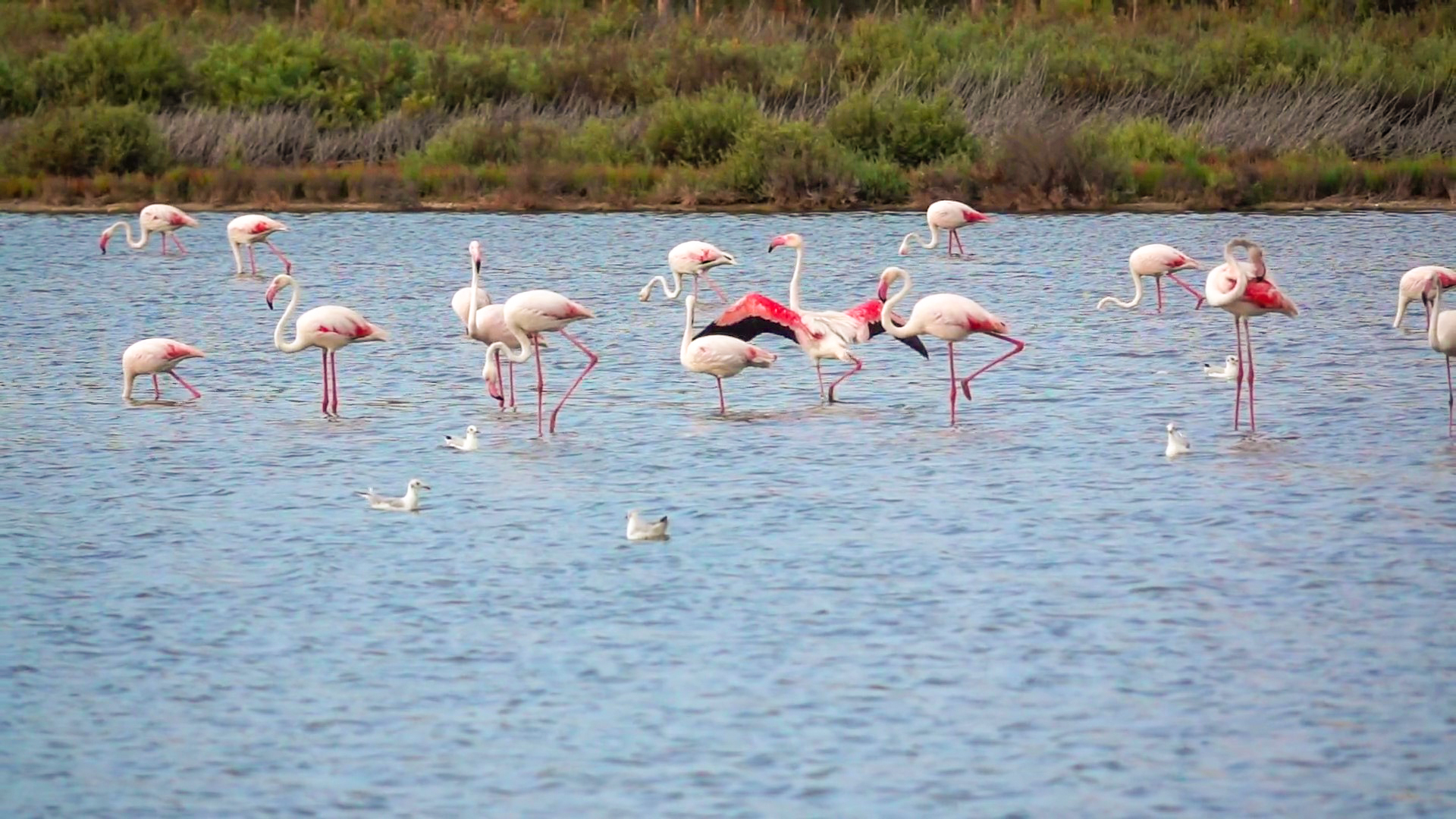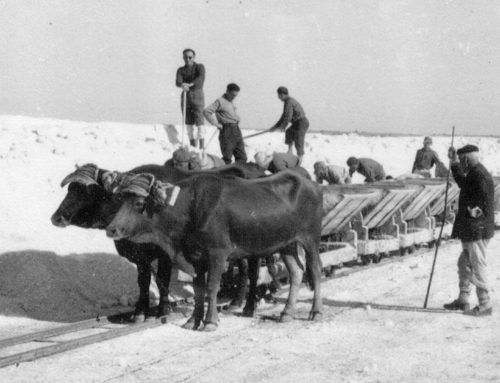Why choose sea salt?
In the market there are many types of salt but not all are the same, variables such as composition, mode of production, origin and environmental impact establish differences between them. If we talk about its composition, from a legal point of view, in Spain, the concentration of sodium chloride in salt must be at least 97%. Sea salt supplements this sodium chloride with trace elements such as iodine, potassium or magnesium.
If we refer to the origin of the salt, there are also differences. Both sea salt and salty spring salt or mine salt (or rock salt, such as the Himalayas) have a natural origin. However, the production methods can be very different, as well as their effects on the environment.
Mine salt requires for its extraction the use of explosives, drilling and the use of large amounts of water, which is an attack on the environment. On the other hand, the so-called “vacuum salt”, which is what we usually find in salt shakers, is obtained by forced evaporation of the brine (salt water). The consequence is a high energy consumption to obtain an artificial source that generates a significant carbon footprint. In addition, chemical products are often used for the purification of this.
Finally, when we talk about production in marine salt flats, we are talking about a mineral, salt, whose extraction is based on a natural source (sea water) and evaporation in which only clean energies such as the sun and wind intervene. In addition, the marine salt flats, by the mere fact of existing, generate an ecosystem and favor the conservation of the natural environment and traditional crafts.
What is the role of marine salt flats in the creation of ecosystems?
Many people are unaware of the universe of marine salt flats, how they work and their importance for the conservation of biodiversity.
The production of sea salt is based on the circulation of sea water through a circuit of large and shallow lagoons. The water evaporates slowly due to the action of the wind and the sun, crystallizing the salt on the surface and falling to the bottom of the lagoons. This crystallized salt remains at the bottom, forming a hard layer that will be collected (or “harvested”), in the case of Bras del Port, during the month of August.
By maintaining these salty lagoons with water throughout the year, a wetland ecosystem is generated that becomes the ideal home for numerous species of birds, fish and flora. Perhaps the most emblematic species of the marine salt flats is flamingo, of enormous beauty and elegance, which has found in these natural spaces an ideal place to breed.
The activity of the marine salt flats thus becomes a beautiful example of industry-nature symbiosis. One without the other could not exist. If the activity of this industry ceased, the wetlands would dry up, life would disappear and this natural treasure would be lost and without the biodiversity of the marine salt flats, we could not do our job.
The Bras del Port salt marshes are located in the Salinas de Santa Pola Natural Park, in the province of Alicante. A natural environment of high ecological value of more than 2,500 hectares, with more than 40 species, which was declared as such in 1988.
When you think of this humble seasoning, sea salt, think that behind it there is much more than you imagine.


